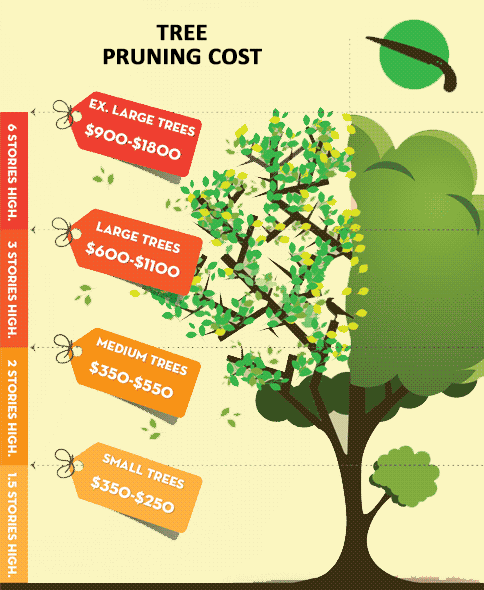Signals That It's Time To Remove A Tree: Identifying Unsafe Trees
Signals That It's Time To Remove A Tree: Identifying Unsafe Trees
Blog Article
Web Content By-Harrell Goodman
When it comes to tree treatment, acknowledging the signs that it's time for elimination is essential for your safety and security and building. You could discover blemished fallen leaves, wilting branches, or odd fungal growths showing illness. Structural issues, like a significant lean or cracks in the trunk, can also present risks. Recognizing these warning signs can assist you make educated choices regarding your trees and protect against possible threats prowling in your yard. What should you seek next?
Indicators of Decay and Condition
When you see indicators of degeneration and disease in your trees, it's essential to act rapidly. Look for discolored leaves, wilting branches, or unusual developments like fungi. These can indicate that your tree is having a hard time.
If you see fractures in the bark or soft, mushy timber, these symptoms recommend inner degeneration. Furthermore, an unexpected rise in bugs around your tree can indicate that it's deteriorated and prone.
Check for any dead or passing away arm or legs, as they pose a risk to your property and security. If you're uncertain concerning what you see, consulting an arborist can provide quality.
Attending to Trimming Tree Service can conserve you from a lot more extensive damages and guarantee the wellness of your backyard. Do not wait up until it's too late.
Structural Instability and Leaning
As you observe your trees, keep an eye out for any type of indicators of structural instability or leaning. If a tree leans significantly, it might suggest that the origin system is jeopardized.
Seek any kind of cracks in the trunk or dirt around the base; these can signal potential failure. Furthermore, check for uncommon growth patterns, like a lopsided crown, which might recommend that the tree is struggling to hold itself upright.
If you notice that the tree favors your home, high-voltage line, or other structures, it poses a greater danger. Do not overlook these indicators-- get in touch with an arborist to analyze the situation.
Taking action early can stop costly damages and guarantee your safety.
Dead or Dying Branches and Foliage
If you see dead or passing away branches and vegetation on your tree, it's a clear sign that something's incorrect.
These harmful areas can show underlying problems like condition, bug problems, or environmental stress and anxiety. When branches lose their fallen leaves or transform brown, they're no longer contributing to the tree's wellness. Neglecting Click At this website can bring about additional decrease, making your tree much more unsafe.
Dead branches can conveniently break off during storms, posing a danger to residential property and individuals nearby. It's crucial to examine the extent of the damages.
If the problem impacts a substantial part of the tree, think about getting in touch with an expert. They can aid identify if removal is necessary to make sure safety and preserve the appeal of your landscape.
Final thought
If you see any indications of degeneration, architectural instability, or dead branches on your trees, do not neglect them. These indicators can present severe safety and security threats to you and your residential property. It's always best to consult an expert arborist who can provide a professional evaluation of your trees. Doing something about it early can avoid mishaps and costly damage, ensuring your landscape remains risk-free and healthy and balanced. Keep in mind, it's far better to be aggressive about tree treatment than to await a catastrophe to take place.
